Lava Land Sun, Solitude & Silence





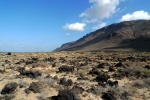


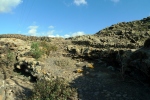


When talking about volcano islands, most may think of Iceland or Hawaii – many may not know that Lanzarote, one of the Canary Islands in the Atlantic off the coast of Africa, has much more to offer than package deal resorts. While beaches may be more bountiful on other islands of the Canaries, Lanzarote boasts the most unique volcanic landscape and the most harmonious architecture. It was local artist´s César Manrique´s legacy that public building ordinances were changed to require all houses on the island to remain white and low-rise, which with few exceptions has been carefully observed since his passing. While most visitors to Lanzarote tend to stay in the main tourist resort of Puerto del Carmen, the island has much more remote and unspoilt scenery to offer in its Northern half. Here we find the high mountain range of the RISCO DE FAMARA with spectacular views over the Atlantic ocean and the nearby island of LA GRACIOSA. It is here, in the village of YÉ, that we start our hiking exploration of sun, solitude and silence in these lands of lava and white homes.
It is advisable to start the day early – preferably by 9am to maximize the amounts of time for hiking and rest. Since the difference in altitude to be covered ranges around 800 meters, ample time should be allocated particularly for the return ascent of the Famara range, the most strenuous part of our hiking adventure. As we leave behind the village of Yé en route to Guinate, a turn-off on the right leads on a narrow paved road towards the Mirador del Río. As we proceed on that small road for about 300 yards, a cobble-stone driveway and parking lot appear to our left. It is well advised to take along all personal belongings from the car, as car break-ins are not uncommon here. A clearly marked path leads from here towards a panoramic lookout point, from where splendid views may be enjoyed over the Famara Range, Atlantic Ocean and the island of La Graciosa. Yet this marks also the beginning of a small, narrow hiking trail, which cuts into the lava land and curves down towards the coastline. Down below in the valley underneath the Famara Range, the path then splits into various directions, including a small trail that leads towards the right and on to the unspoilt shores of the PLAYA DEL RISCO, our chosen destination.
Caution is advised during both the descent and ascent of the Famara Range, as the surface of these volcanic soils may be highly slippery. Regular curves guarantee frequent possibilities to pause and rest joints and legs while enjoying magnificent vistas of the surrounding coastline. We also pass several power line poles that bring electricity to these remote corners of Lanzarote and on to La Graciosa, the capital village of which, CALETA DEL SEBO, may be seen shining below with is marvellously white-washed houses. The descent takes about 40 minutes depending on speed and frequency of breaks until we reach the turn-off point, from which several trails radiate left, right or immediately to the coast. We turn right and continue through semi-arid vegetation featuring shrubs and bushes until we pass over a range of rocks to then enjoy the full view of one of Lanzarote´s most unique, isolated and unspoilt beaches, the PLAYA DEL RISCO.
For a huge beach of its extension and size, it is virtually deserted, even more so if our hiking adventure is undertaken earlier in the day. On very rare occasions, visitors may be seen arriving by water taxi, which may be an option for physically challenged visitors that may not be able to do the hike and yet would like to see the beauty of this remote beach. For the water taxi option, visitors would first take the ship from the Northernmost community of ORZOLA to the island of La Graciosa. From there, water taxis may be taken from the island´s capital Caleta del Sebo over towards the PLAYA DEL RISCO. This choice may also come in handy for those wishing to camp on the beach overnight in the summer and would not like to carry all camping supplies along the slippery strenuous hiking route.
Subject to tidal moves, the sands of PLAYA DEL RISCO appear and vanish with the tides, often offering visitors uniquely picturesque opportunities for photography, meditation and self-awareness. For that reason, above hike may best be undertaken quite early in the day to maximize the downtime along the PLAYA DEL RISCO. We also suggest a return departure no later than 330/4pm to allocate ample time for what is the most strenuous part of our hiking day, the return ascent to the village of YÉ. It is also possible to stroll along the immediate coastline to discover other remote inlays, bays and small beaches unspoilt by tourism and to join one of the other side trails returning to the turn-off point culminating in the main path leading back up the Famara Range. Frequent pauses are strongly advised, as even physically able individuals may have a challenging time with the return ascent covering an altitude difference of 800 meters. As we return to the balcony overlooking the ocean and La Graciosa, about 1-1.5 hours have passed since our departure from the beach and we then return to civilization physically tired from the hike but mentally and spiritually renewed by the magnificent experience of visiting one of the most remote and scenic corners of Lanzarote´s Lava Lands.
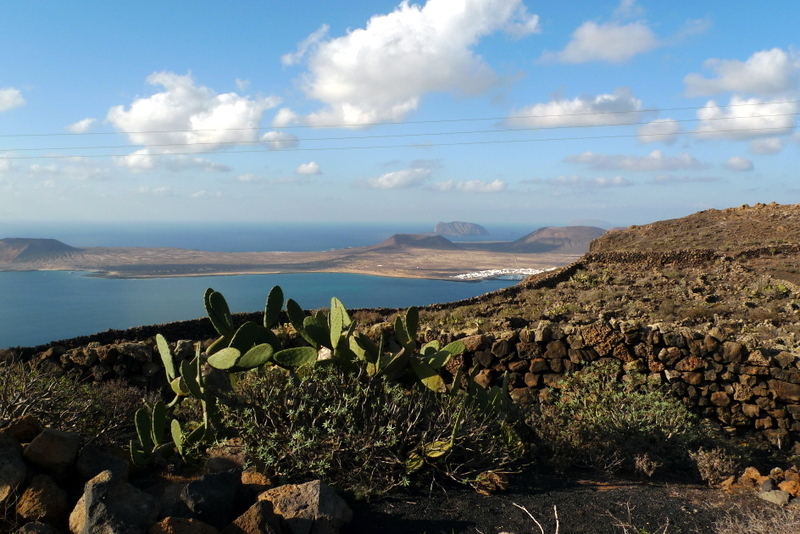
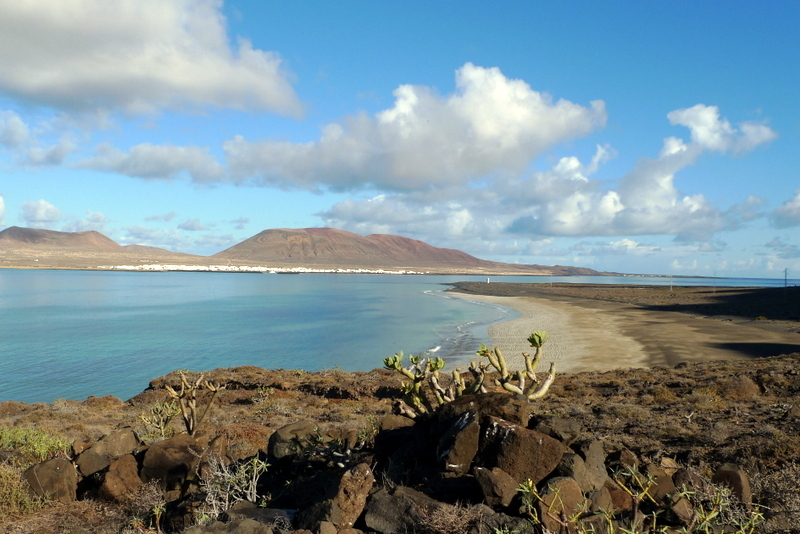

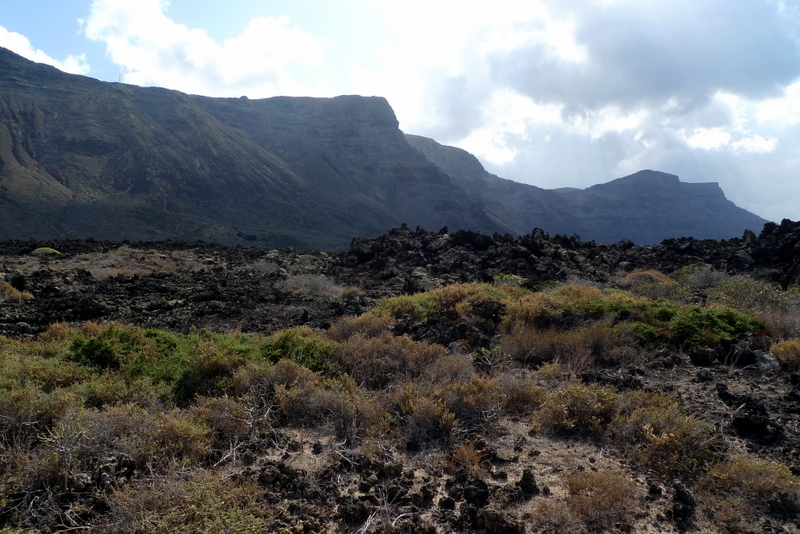
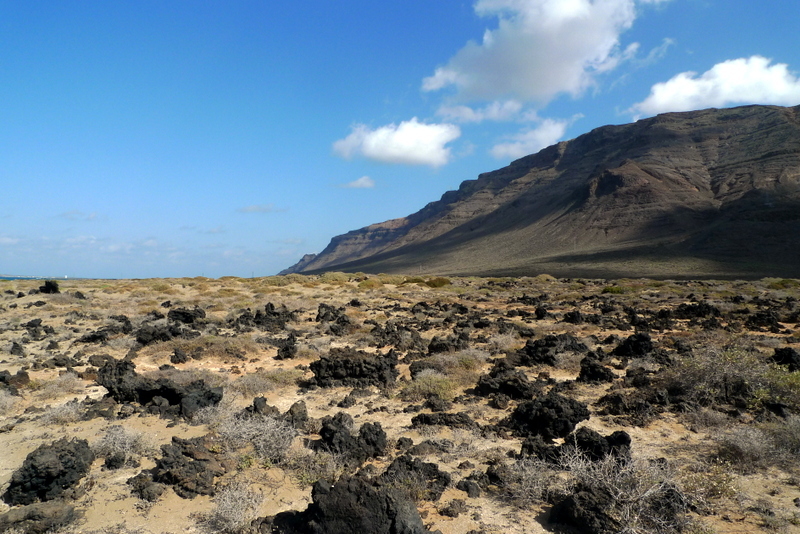
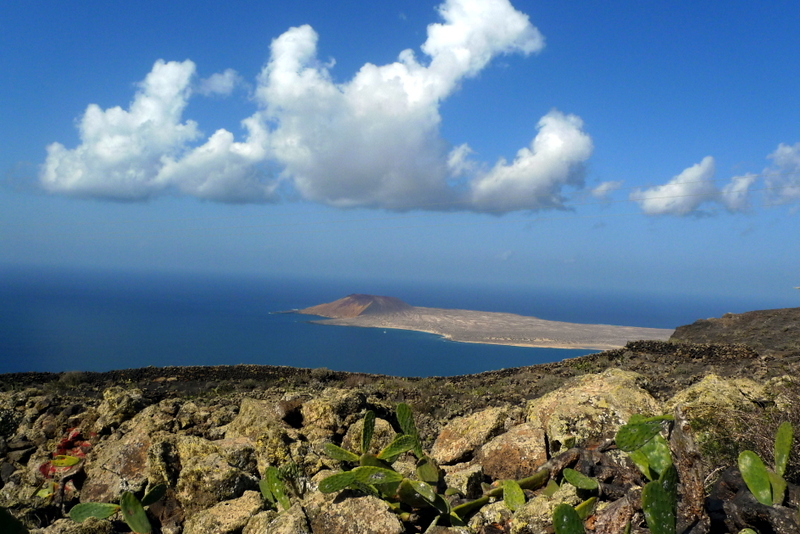
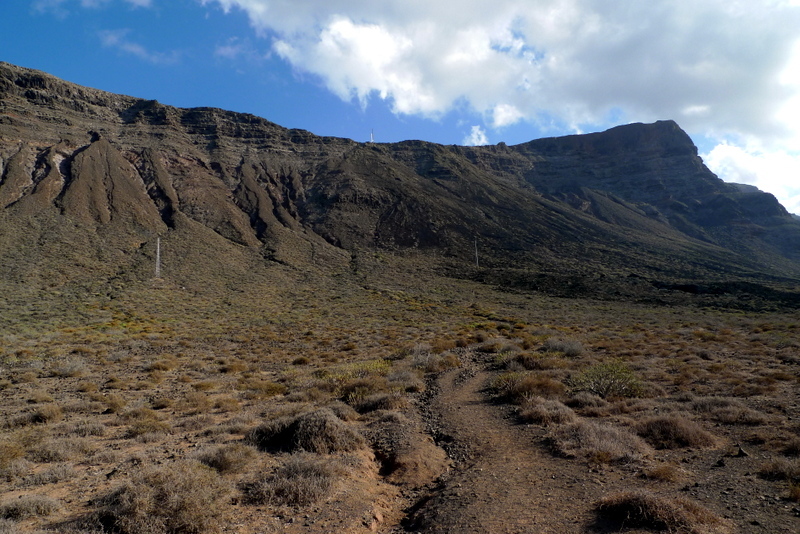
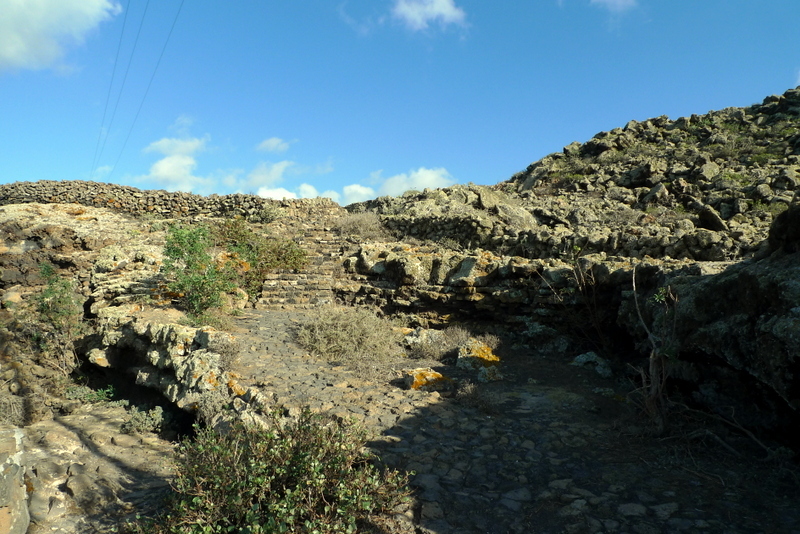


Comments
Post a Comment